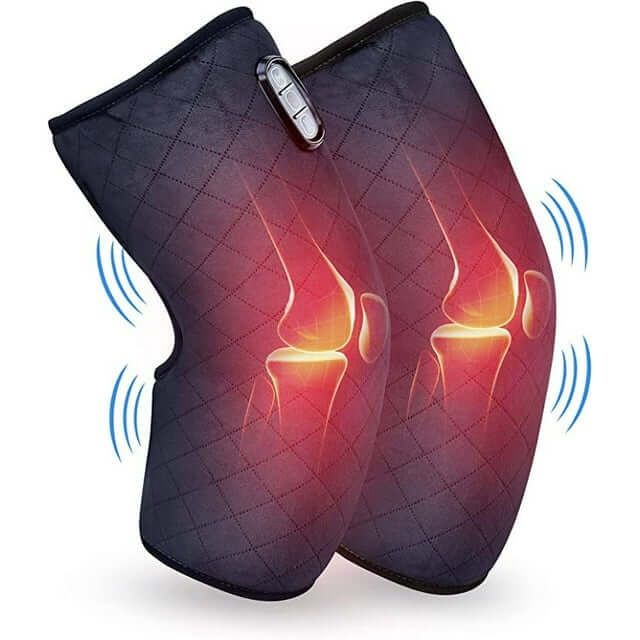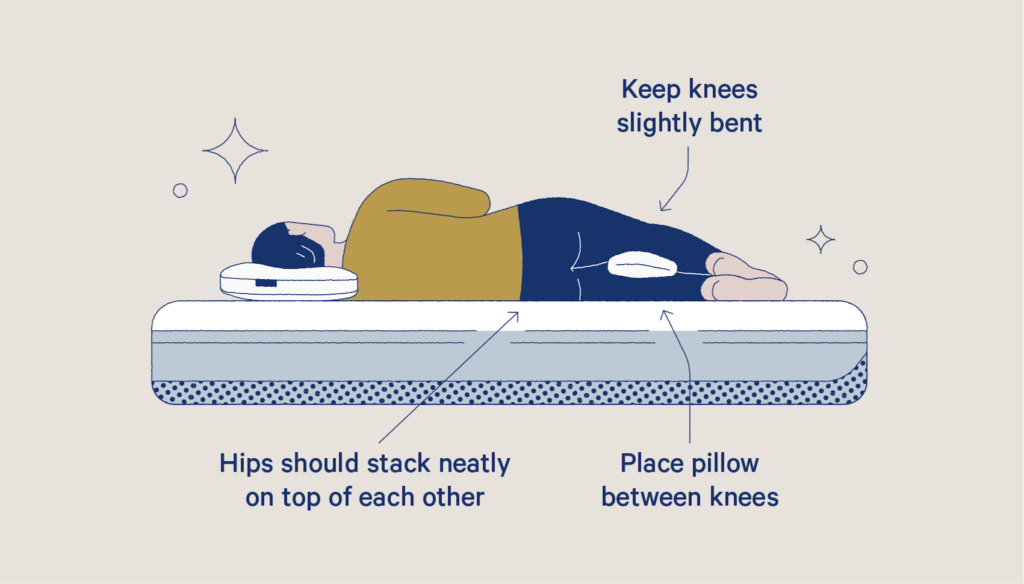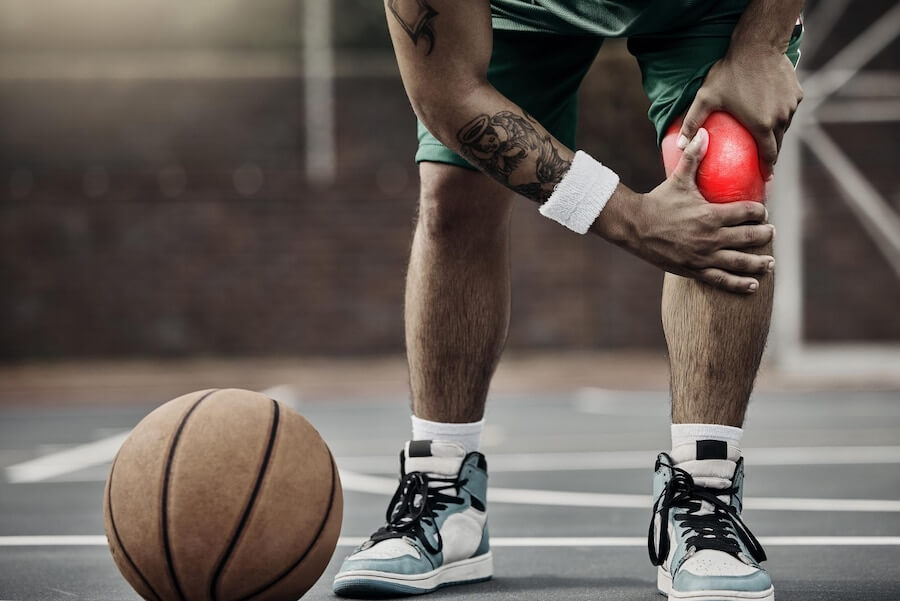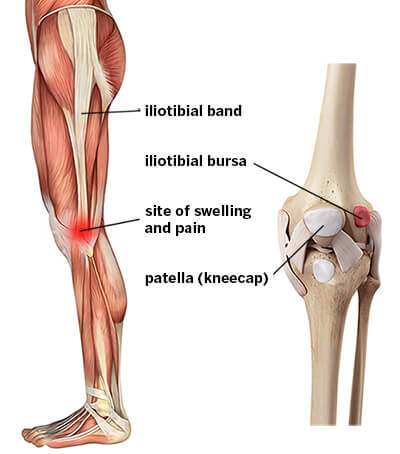Knee straps, also known as patellar straps or knee bands, are commonly used devices designed to provide support and relief for individuals suffering from various knee-related issues. These issues can include patellar tendonitis, runner’s knee, chondromalacia patellae, and other forms of knee pain and discomfort. In this article, we will delve into the purpose and functionality of knee straps, their benefits, limitations, and alternative options for managing knee problems.
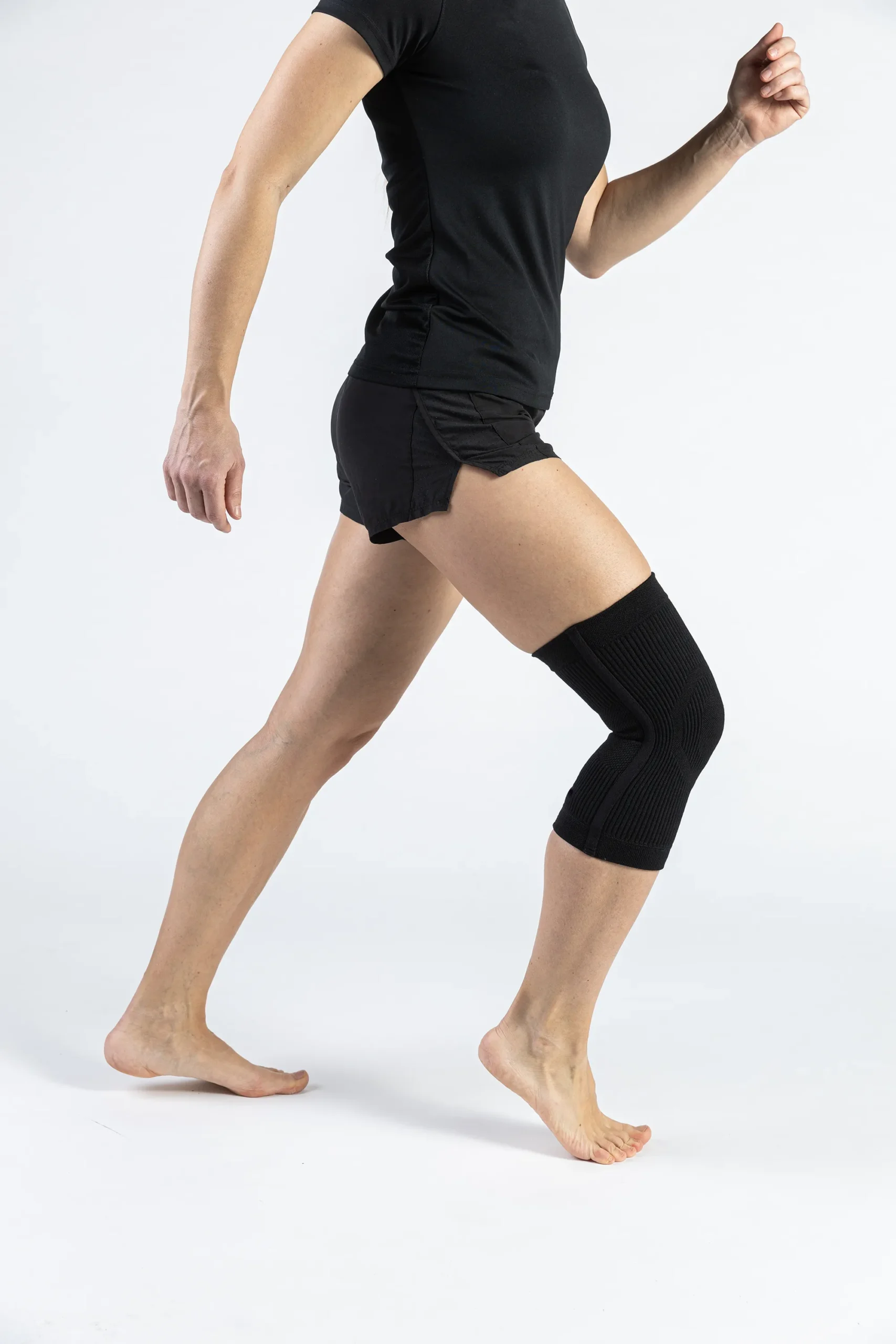
Benefits of Knee Straps:
- Pain Reduction and Relief: Knee straps are renowned for their ability to alleviate knee pain. By applying targeted pressure around the patellar tendon or beneath the kneecap, they can significantly reduce discomfort and help individuals regain their mobility and functionality. This pain relief is especially beneficial for those with conditions like patellar tendonitis, runner’s knee, and chondromalacia patellae.
- Enhanced Stability: One of the key advantages of knee straps is their role in stabilizing the kneecap. In cases where the patella tends to track improperly, dislocate, or experience lateral movement, a knee strap can help keep it in the correct position. This enhanced stability is crucial for preventing further injuries and maintaining proper knee alignment during activities.
- Improved Performance: Knee straps can have a positive impact on a person’s performance in various physical activities. Athletes, in particular, find them valuable for sports that involve repetitive knee movements, such as running or jumping. By reducing pain and providing stability, knee straps enable individuals to perform at their best and minimize the risk of exacerbating their knee condition.
- Non-Invasive Approach: Knee straps offer a non-invasive and conservative approach to managing knee pain. They are an attractive option for individuals who want to avoid or delay more aggressive treatments like surgery, injections, or prescription medications. This makes them a preferred choice for those seeking natural and less invasive solutions to their knee problems.
- Reduction in Swelling and Inflammation: By applying compression to the affected area, knee straps can aid in reducing swelling and inflammation. This can be especially beneficial for acute knee injuries or chronic conditions that involve persistent inflammation, as it helps promote better blood circulation and lymphatic drainage.
- Enhanced Confidence and Mobility: Knee straps can boost an individual’s confidence in their knee’s stability and functionality. This increased sense of security allows them to engage in physical activities without the fear of sudden pain or instability, thus improving their overall quality of life.
- Affordability and Accessibility: Knee straps are readily available in various designs and sizes, making them an accessible option for a wide range of individuals. They are also relatively affordable compared to some other knee pain management solutions, making them a cost-effective choice for many.
- Adjunct to Comprehensive treatment: While knee straps offer immediate relief, they can also be part of a broader treatment plan. They complement other treatments such as physical therapy, exercise, and lifestyle modifications, allowing for a holistic approach to managing knee pain and improving long-term outcomes.
- Convenience and Ease of Use: Knee straps are simple to use and can be easily incorporated into daily activities. They are typically lightweight and discreet, allowing individuals to wear them comfortably under clothing without hindering their daily routines.
Limitations of Knee Straps:
- Temporary Relief: Knee straps primarily offer temporary relief from knee pain and discomfort. While they are effective at managing symptoms, they do not address the underlying cause of the issue. Relying solely on a knee strap for pain management may provide short-term relief but does not lead to long-term healing or recovery.
- Not Suitable for All Conditions: Knee straps are best suited for specific conditions like patellar tendonitis, runner’s knee, and chondromalacia patellae. They may not be appropriate for more severe knee problems, such as ligament tears, meniscus injuries, or fractures. For these conditions, more comprehensive treatments like surgery, physical therapy, or other interventions may be necessary.
- Individual Variability: The effectiveness of knee straps can vary from person to person. Some individuals may find significant relief and improved function with knee straps, while others may experience minimal or no benefits. It is essential to recognize that what works for one person may not work for another due to variations in the nature and severity of their knee condition.
- Discomfort or Skin Irritation: Prolonged use of knee straps, especially if not properly fitted or adjusted, can lead to discomfort, skin irritation, or even chafing. Ill-fitting or tight straps can create pressure points or cause skin abrasions, making the experience unpleasant. It’s crucial to ensure that the knee strap is correctly sized and adjusted for maximum comfort.
- Dependency: There is a risk of becoming overly reliant on knee straps if used as the sole method of pain management. Depending solely on a knee strap can lead to a lack of motivation to explore other, potentially more effective treatments or interventions. This dependency may hinder the long-term recovery process.
- Masking Symptoms: Knee straps effectively alleviate pain and discomfort, which can be seen as a double-edged sword. While they provide relief, they can also mask symptoms and give the false impression of complete recovery. This can lead individuals to neglect addressing the root cause of their knee problems, potentially allowing the condition to worsen over time.
- May Not Prevent Recurrence: While knee straps can provide stability and reduce pain during activities, they do not guarantee that the issue will not recur after use. It is possible for the knee problem to return or worsen if the underlying causes are not addressed through proper treatment and rehabilitation.
- Incompatibility with Certain Activities: Knee straps may not be suitable for all activities. For instance, in sports or physical activities that require a significant range of motion or flexibility, knee straps might restrict movement or be less effective. In such cases, alternative knee bracing or support solutions may be preferred.
- May Not Address Muscle Weakness: Knee straps primarily focus on stabilizing the kneecap and addressing patellar issues. However, they may not effectively address underlying muscle weaknesses or imbalances in the thigh and calf muscles that can contribute to knee problems. A comprehensive approach may include physical therapy to strengthen the supporting musculature.
Other Options for Knee Pain Management:
- Physical Therapy: Physical therapy is a cornerstone of knee pain management. A licensed physical therapist can design a personalized exercise and rehabilitation program to strengthen the muscles around the knee, improve flexibility, and correct biomechanical issues. This approach can help address the root causes of knee pain, enhance knee stability, and promote long-term recovery.
- Medications: Over-the-counter non-steroidal anti-inflammatory drugs (NSAIDs) like ibuprofen can be effective in reducing pain and inflammation associated with knee conditions. However, it’s essential to use these medications under the guidance of a healthcare professional, as long-term or excessive use can lead to side effects.
- RICE Method: The RICE method (Rest, Ice, Compression, and Elevation) is a standard approach for managing acute knee injuries. Rest allows the knee to heal, ice reduces swelling and inflammation, compression supports the injured area, and elevation promotes fluid drainage. This method can be especially useful immediately following an injury.
- Corticosteroid Injections: For certain knee conditions, such as osteoarthritis or bursitis, corticosteroid injections may be recommended. These injections can provide temporary relief by reducing inflammation and pain. They are typically administered by a healthcare professional.
- Hyaluronic Acid Injections: Hyaluronic acid injections, also known as viscosupplementation, are used to treat knee osteoarthritis. They help lubricate the joint, reduce pain, and improve mobility. Multiple injections over a period of time are often required for maximum benefit.
- Bracing: Knee braces or supports, which are more extensive than knee straps, can provide stability and restrict movement in cases where immobilization is necessary. They are often used after surgery or in conditions that require limited motion.
- Weight Management: Maintaining a healthy weight can alleviate excess stress on the knees. Obesity is a significant risk factor for knee pain and conditions like osteoarthritis, so losing weight can contribute to pain relief and overall knee health.
- Lifestyle Modifications: Simple lifestyle changes can make a significant difference in managing knee pain. These modifications may include using ergonomic footwear, avoiding high-impact activities, and maintaining good posture during daily tasks.
- Biomechanical Interventions: Custom orthotic insoles or shoe modifications can help improve knee alignment and reduce stress on the joint. These interventions are particularly useful for individuals with gait abnormalities or specific foot-related issues.
- Surgery: In cases where conservative treatments are ineffective, or if there is extensive damage to the knee joint or surrounding structures, surgery may be necessary. Procedures can include arthroscopy to address minor issues or more complex surgeries such as total knee replacement.
- Regenerative Therapies: Emerging treatments like platelet-rich plasma (PRP) and stem cell therapy are being explored for knee pain management. These therapies aim to promote tissue healing and regeneration. However, their efficacy is still under investigation, and they may not be covered by all healthcare providers.
- Mind-Body Techniques: Mindfulness, meditation, and relaxation techniques can help individuals manage the emotional aspects of dealing with chronic knee pain. Reducing stress and anxiety can have a positive impact on pain perception and overall well-being.
Conclusion:
Knee pain is a common and often debilitating issue that can affect people of all ages and activity levels. While knee straps provide temporary relief and support for specific conditions, they have their limitations. To effectively manage knee pain and address its underlying causes, a comprehensive approach that considers individual needs and the nature of the knee condition is crucial.
Seeking professional guidance from a healthcare provider, ideally an orthopedic specialist, is the first step in developing an appropriate treatment plan. The choice of knee pain management should be tailored to the individual, considering the severity of the issue, its root causes, and the desired level of activity and mobility.
Physical therapy is often a cornerstone of knee pain management, as it focuses on strengthening the muscles around the knee, improving flexibility, and correcting biomechanical issues. Medications, the RICE method, and injections can provide additional relief and reduce inflammation in certain cases.
For more complex issues or structural damage, surgical interventions may be necessary, such as arthroscopy or total knee replacement. Bracing, weight management, lifestyle modifications, and biomechanical interventions also play significant roles in knee pain management.
Emerging treatments like regenerative therapies and mind-body techniques are being explored and may offer new avenues for knee pain relief. However, it’s important to consult healthcare professionals to determine the appropriateness of these treatments and their availability.
In summary, knee straps have their place as a valuable tool for temporary pain relief and stability, but they should be considered as part of a broader strategy for managing knee pain and promoting long-term recovery. The goal is not just symptom management but addressing the root causes of knee problems, ensuring a return to a pain-free and active lifestyle, and preventing future recurrences. By seeking expert advice and adopting a multi-faceted approach to knee pain management, individuals can look forward to better knee health and an improved quality of life.

